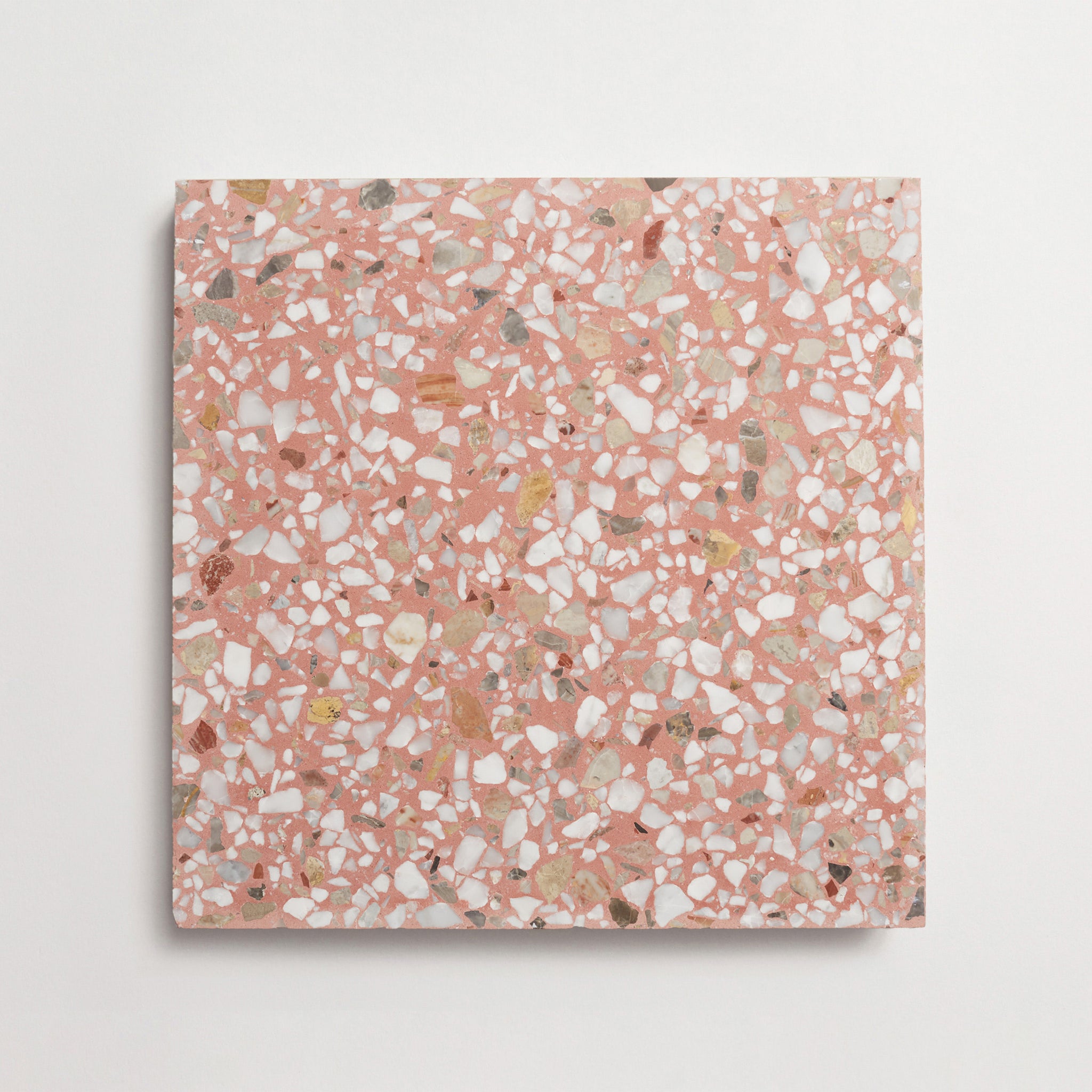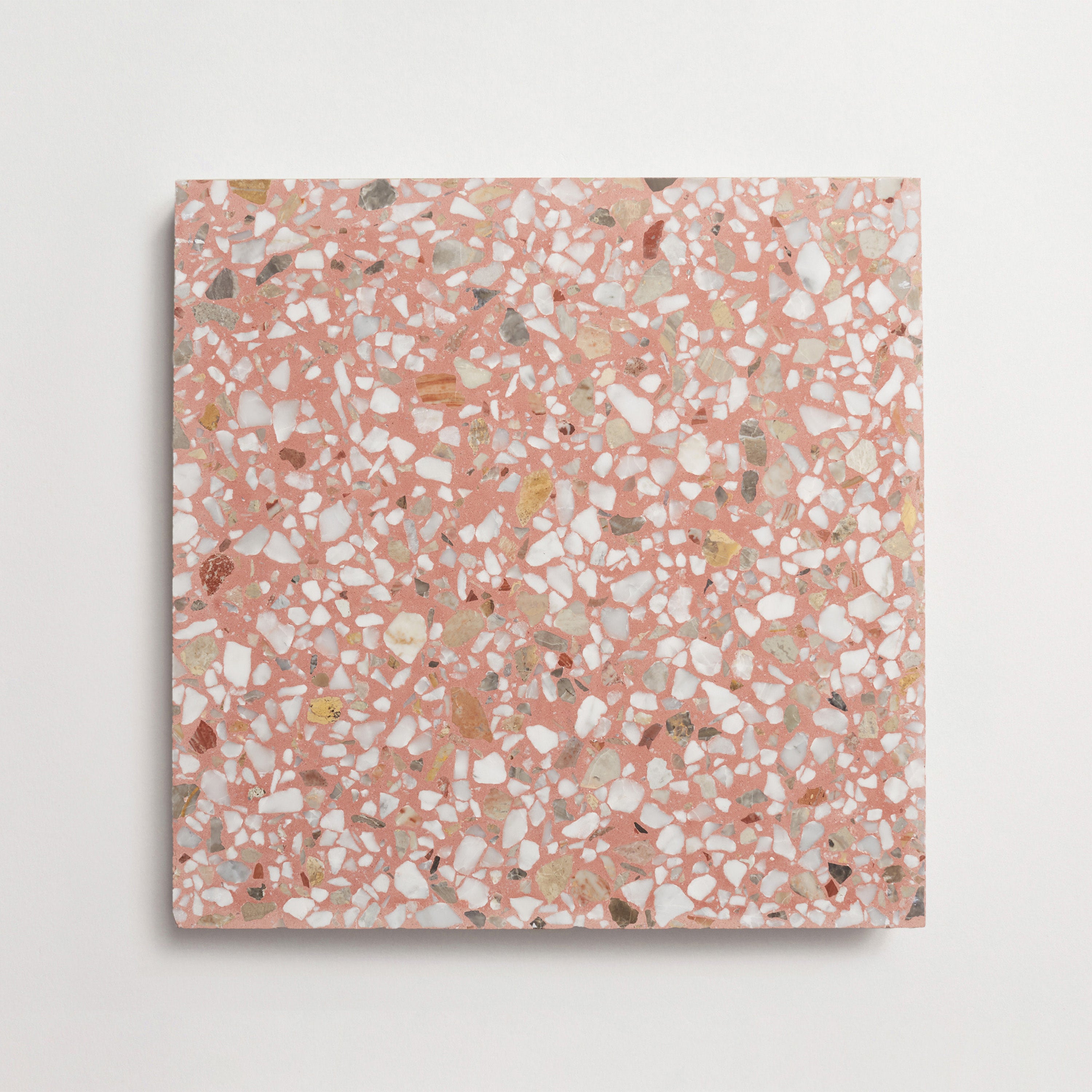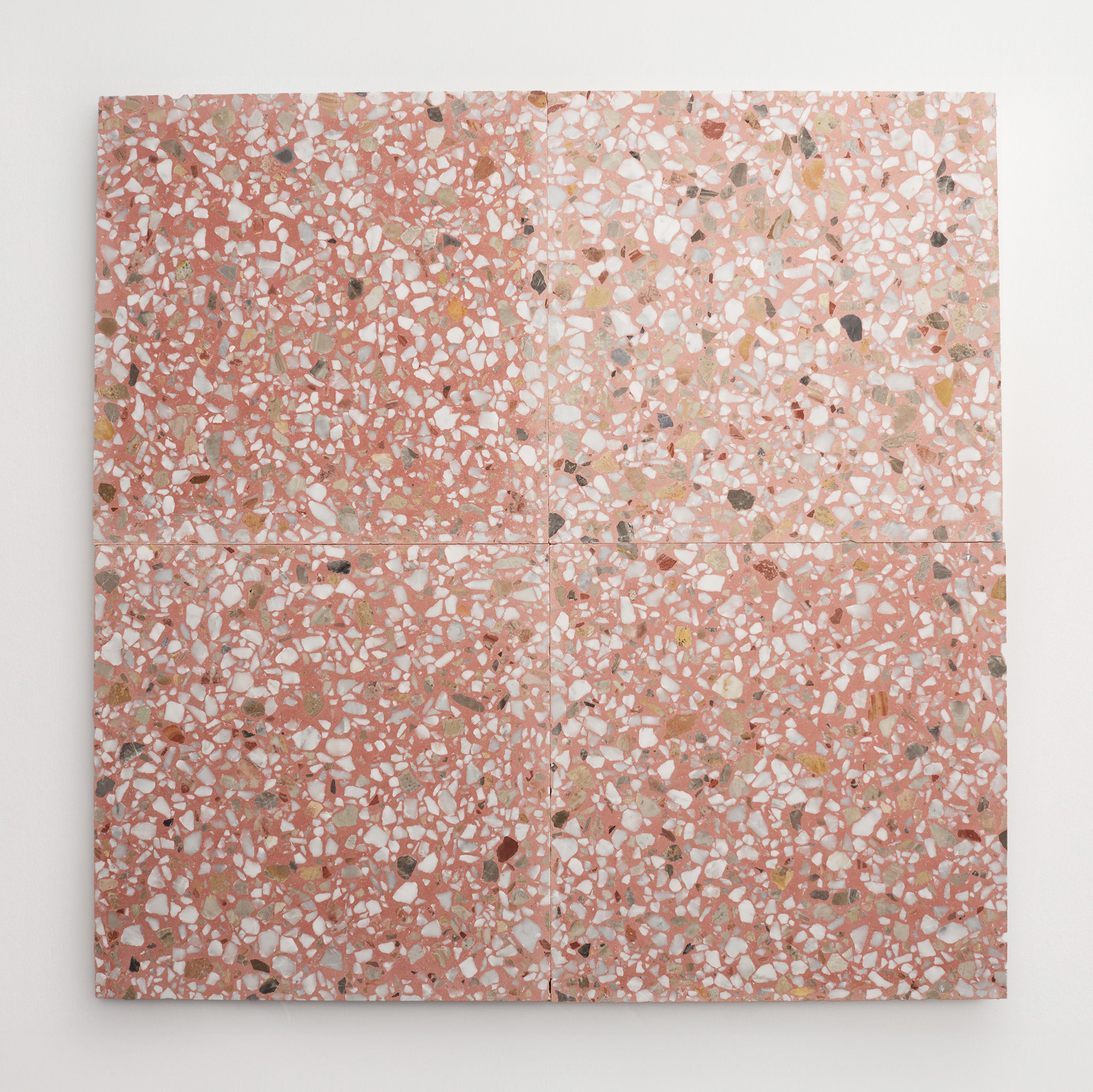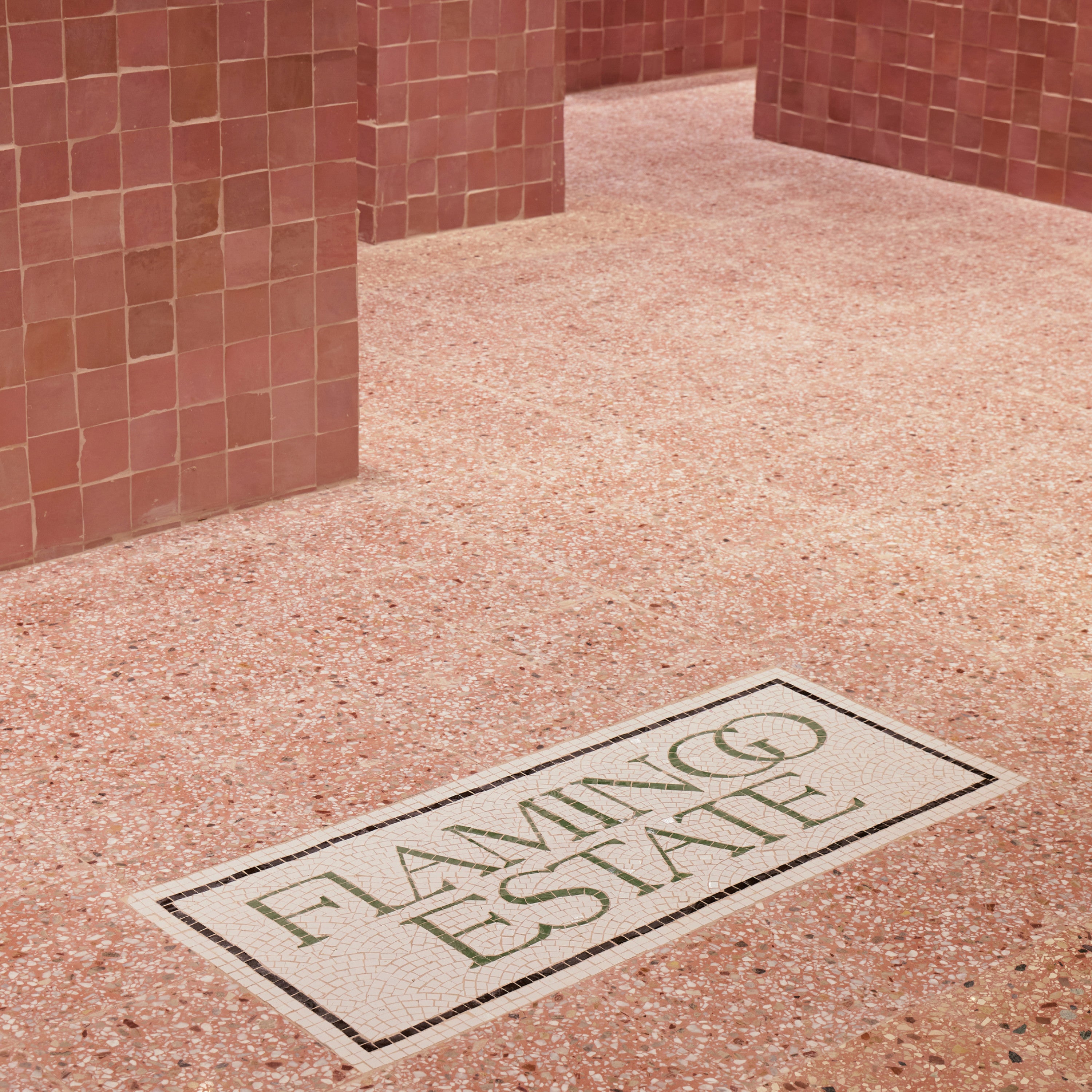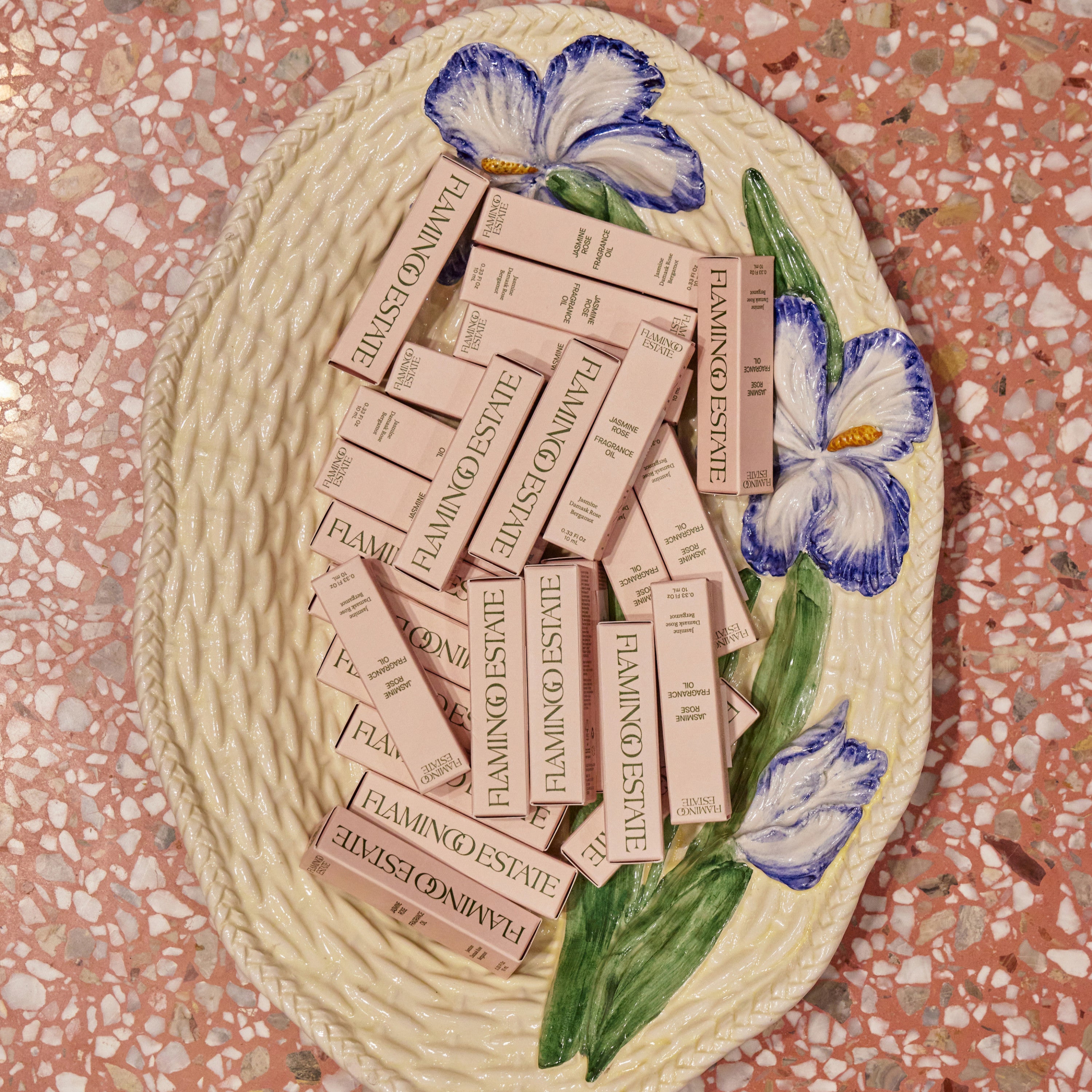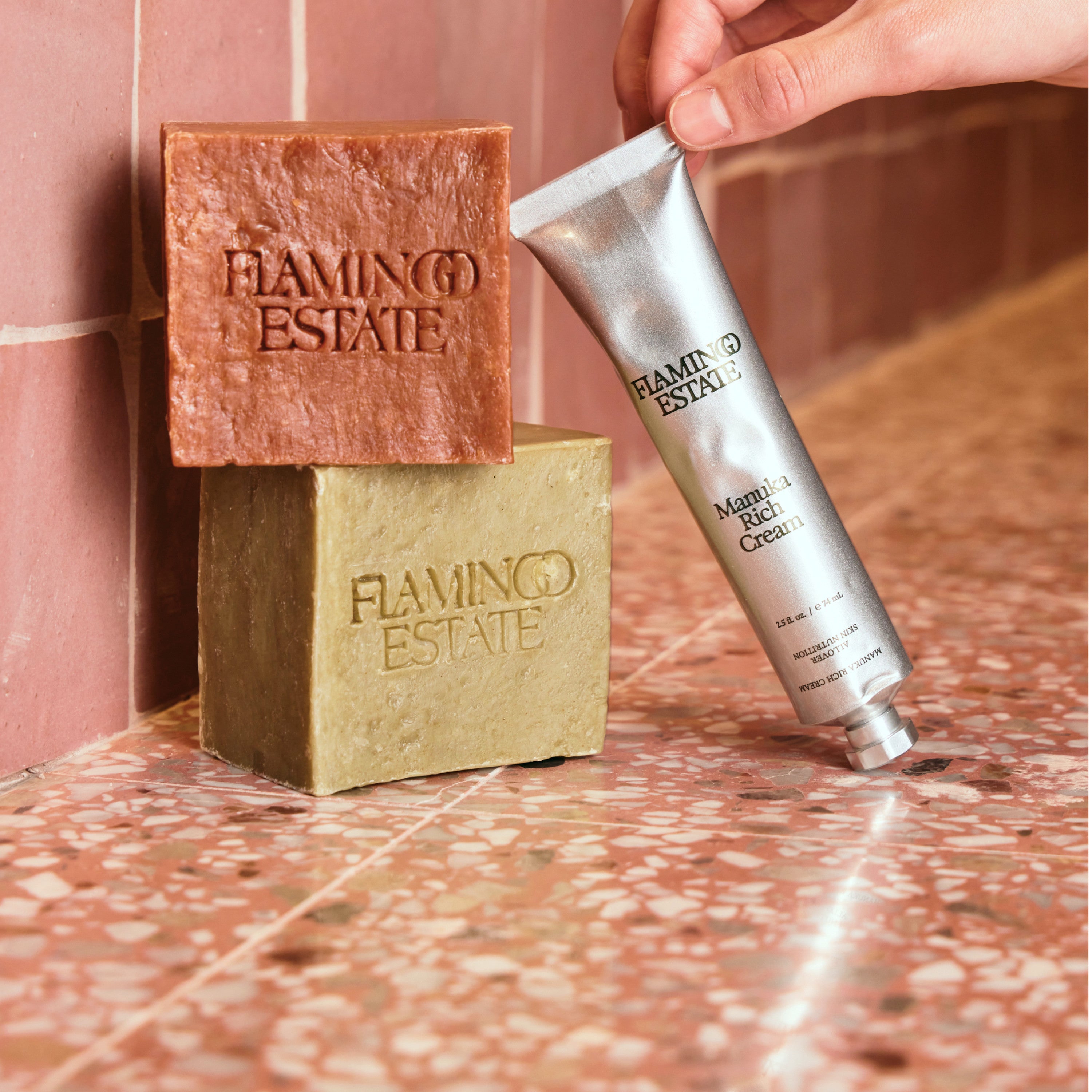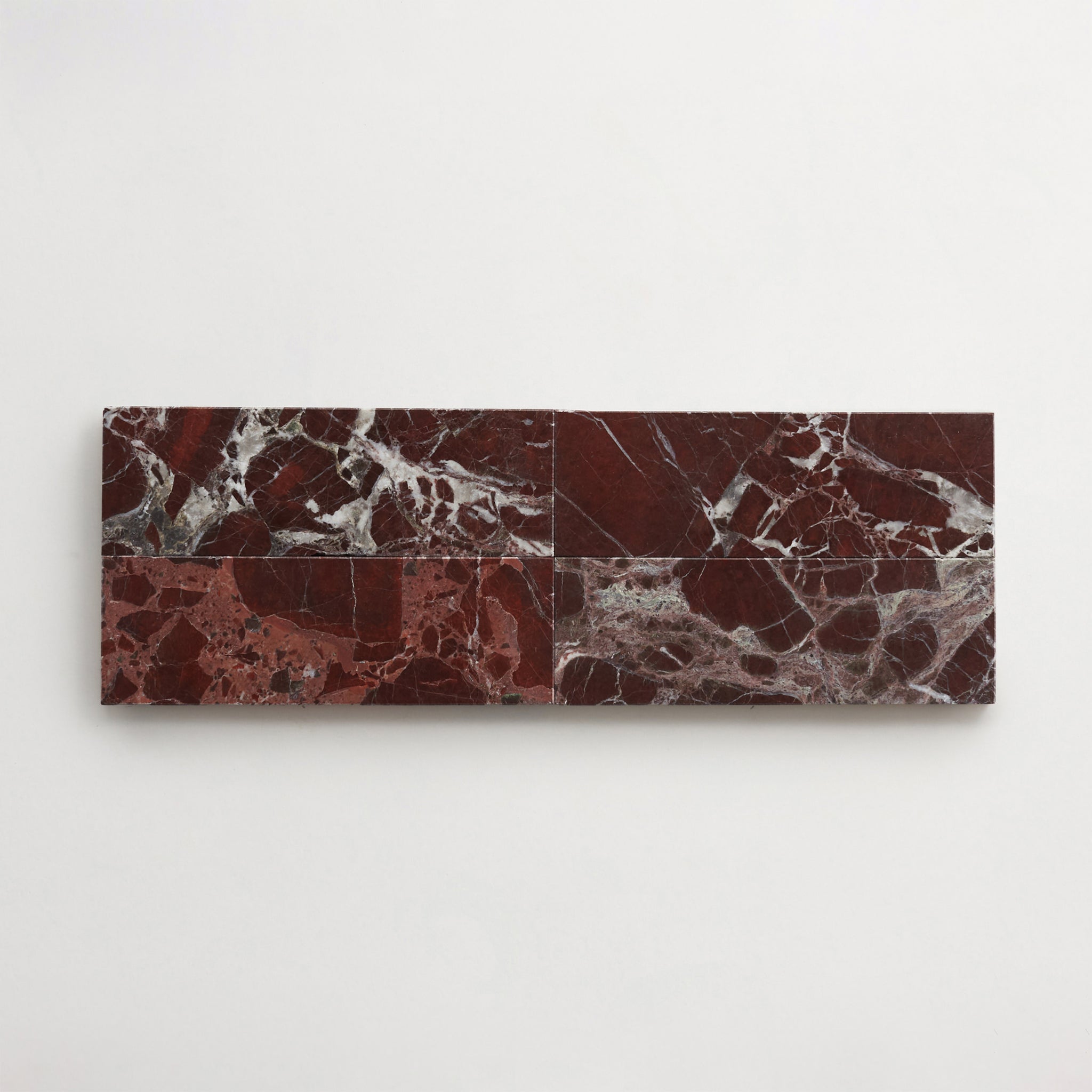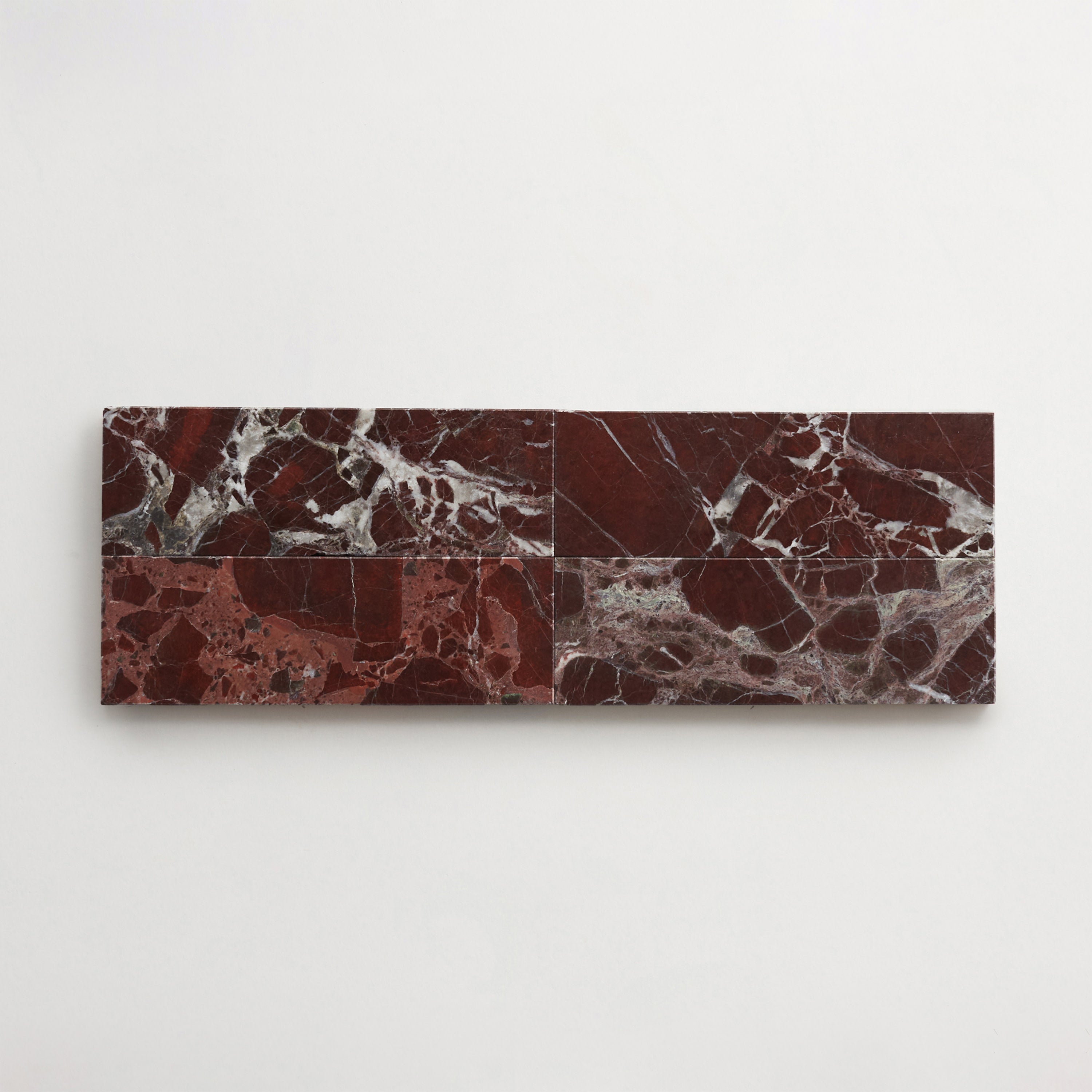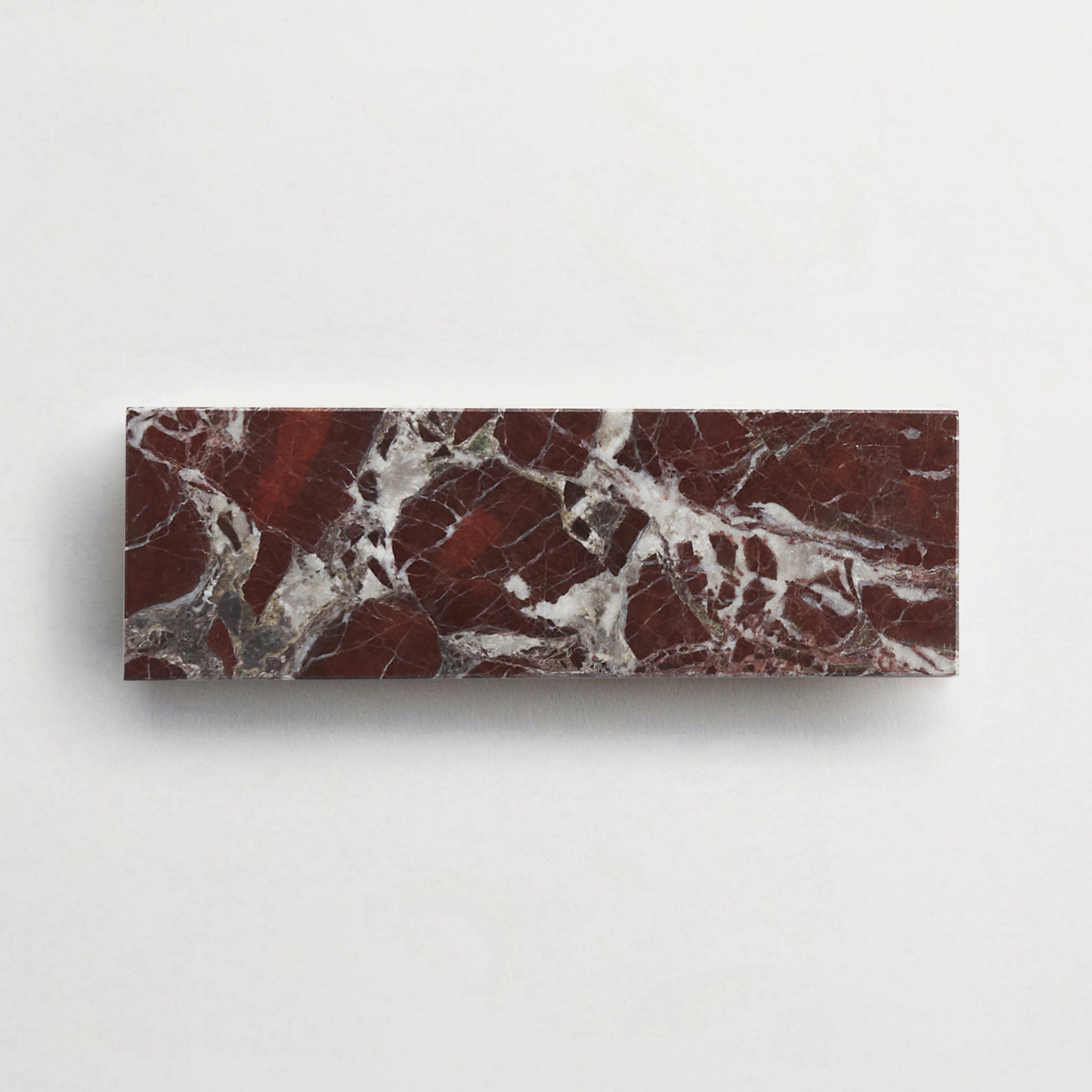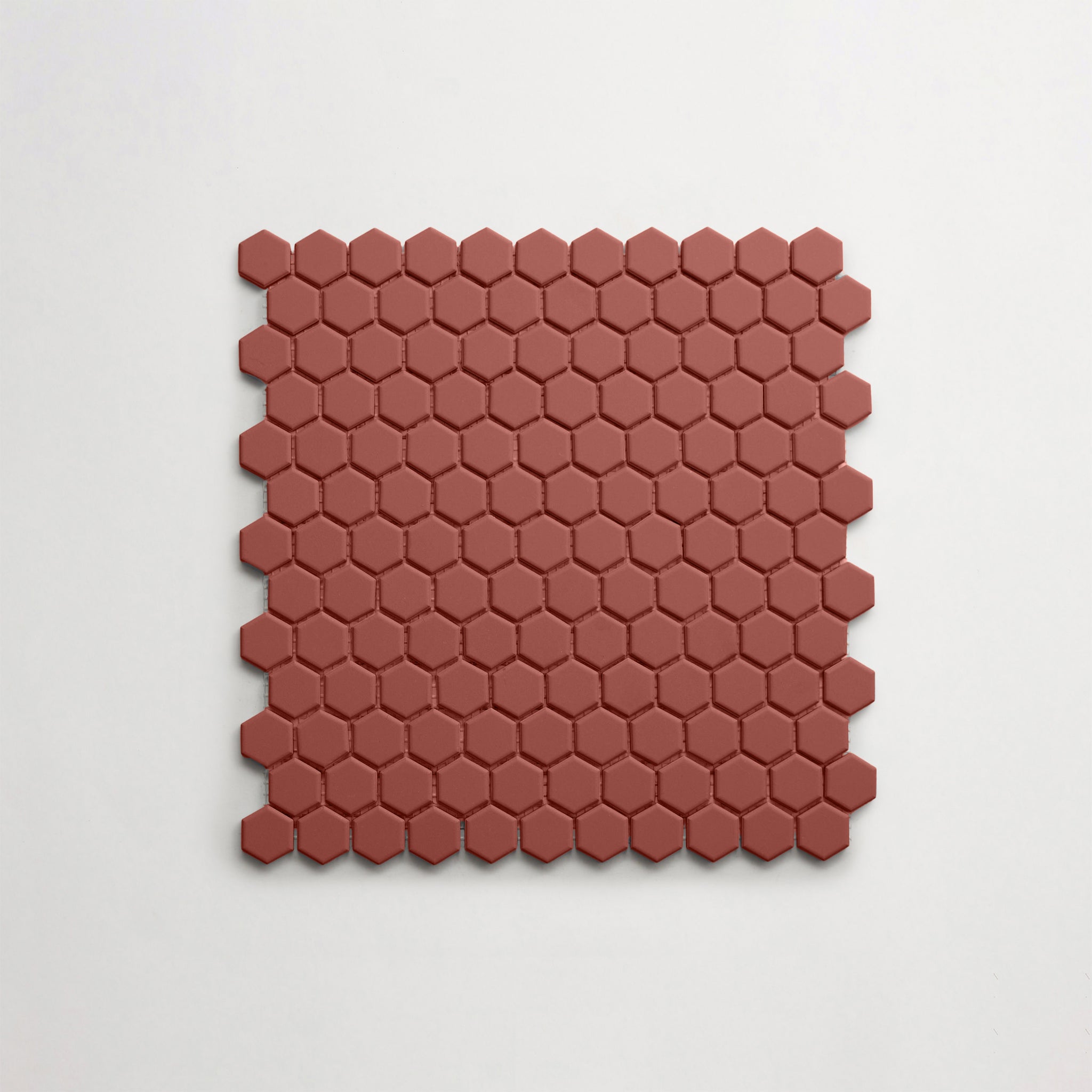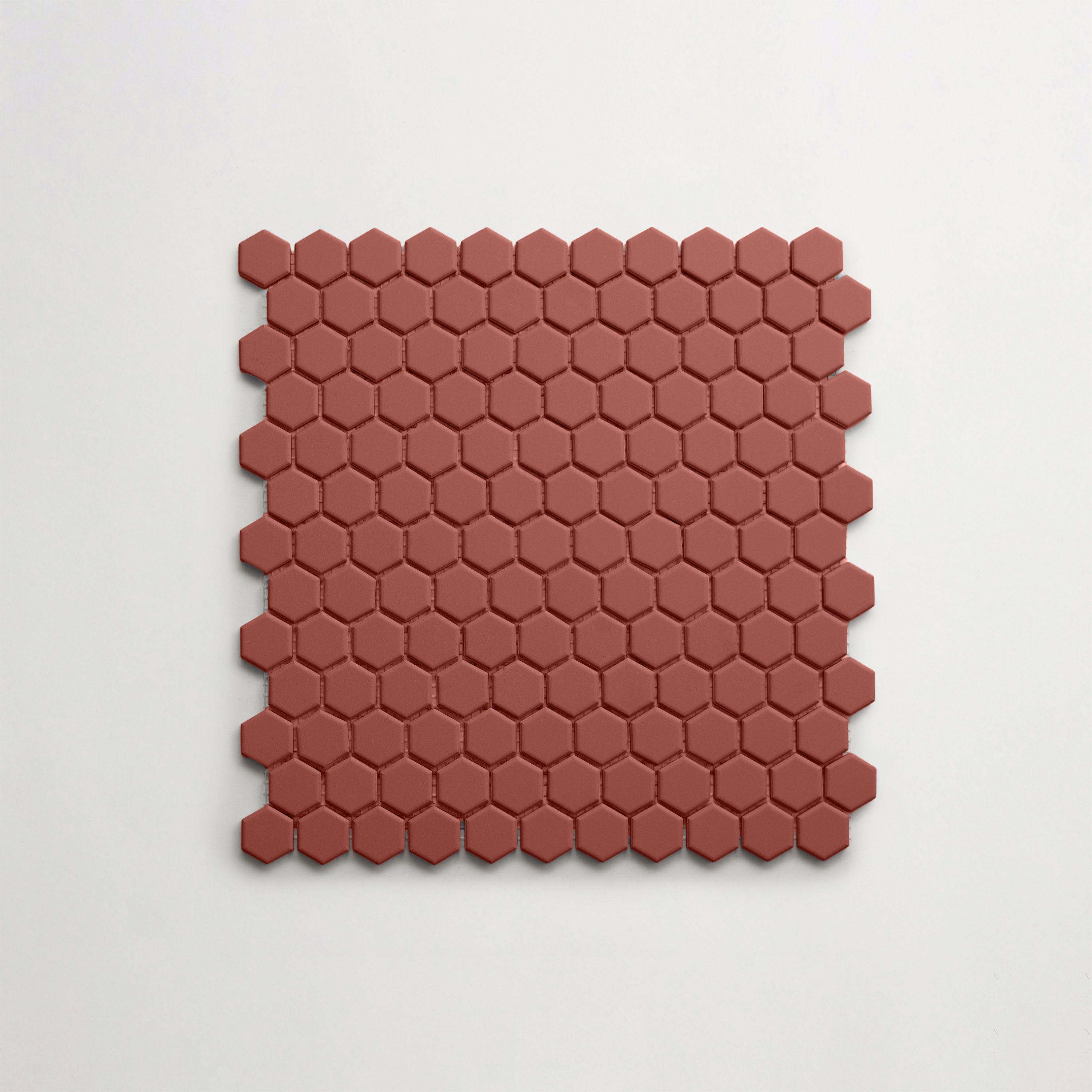your shopping cart is empty.

7 Paver Alternatives for Elevated Patio Design
Patio pavers have long been a default choice in hardscaping, but they’re far from the only option out there. Designers and architects are increasingly turning to artisan tile as a refined solution for outdoor spaces. Unlike standard brick pavers or stone pavers, tile offers a wider range of materials, patterns, and finishes that can truly elevate the patio into a curated experience. Whether you’re working on a residential or a commercial project, choosing tile instead of traditional pavers can allow for more experimentation with texture, form, and color.
Discover the artistry behind OUTERclé’s outdoor tile collections and reimagine your exterior space.
7 Patio Paver Alternatives That Elevate Outdoor Design
Patio projects call for surface materials that balance functionality with artistry. While brick pavers and stone pavers remain common, artisan tile is the perfect choice for creating a distinctive outdoor environment. From terracotta to cement, the range of tile materials opens new possibilities for driveway paver design, poolside installations, and courtyards. Below are seven patio paver alternatives that each deliver elevated design potential.
1. Terrazzo Tile
Terrazzo tile is a sophisticated alternative to patio pavers, offering intricate stone or marble chips suspended in a cement base. This timeless material creates dynamic visual interest while providing durability for outdoor use (not to mention the versatility of a neutral).
Designers value terrazzo because it comes in a wide variety of different colors and patterns, making it an excellent choice for contemporary hardscaping ideas. Its smooth yet resilient surface adapts beautifully to patios, pool decks, and exterior lounges alike. With terrazzo, projects can achieve both function and artistry, transforming an outdoor space into a curated statements.
2. Terracotta Tile
Terracotta tile brings warmth and earthiness to the patio, distinguishing itself from standard stone pavers or brick pavers. Its natural clay composition and sun-baked hues evoke Mediterranean design traditions while blending seamlessly into modern projects. Terracotta is available in multiple types of tile finishes, from rustic matte to polished surfaces, offering designers flexibility across settings.
Beyond its aesthetic appeal, terracotta is slip-resistant, making it one of the best non-slip outdoor tiles for spaces that prioritize safety. Its classic character makes it the perfect choice for patios that need to have enduring appeal.
3. Cement Tile
Cement tile stands out as a versatile alternative to conventional patio pavers. Available in a whole spectrum of different colors and shapes, it offers unmatched design flexibility for courtyards, terraces, and garden walkways. Cement tile is thicker and more durable than many other tile materials, as well, making it an excellent choice for high-traffic areas.
Architects also appreciate the textural depth that cement offers, as it introduces a tactile quality to outdoor flooring. Whether installed in a bold geometric pattern or in a more muted palette, cement tile can redefine the patio and blend artistry with function in ways that pavers can’t always achieve.
4. Stone and Marble Tile
Stone and marble tile expand the design potential beyond standard stone pavers. While pavers tend to feel utilitarian, artisan stone and marble tiles bring refinement and luxury to an outdoor space. With their natural veining, polished surfaces, and availability in different colors, these tiles can transform the patio into a sophisticated gathering area.
The inherent durability of stone and marble also makes these tile materials some of the best patio flooring options in both residential and hospitality settings. Designers who want a solid choice for long-term performance and elegance will find stone and marble tile to be unmatched.
5. Brick Tile
Brick tile brings the familiar warmth of brick pavers but in a more flexible, streamlined format. Thinner than traditional pavers, brick tile allows for easier installation over existing surfaces, including installing patio tiles over concrete floors and walls. Its range of textures and different colors supports both rustic and modern paver design as well.
In the way of installation, brick tile delivers the charm of classic masonry with the added advantage of lighter weight and fewer technical requirements. For projects that seek to employ traditional materials while embracing contemporary installation practices, brick tile is an excellent choice.
6. Glass Tile
Glass tile is a bold and modern patio paver alternative, creating luminous vertical surfaces that catch and reflect light. Available in different colors and finishes from iridescent to frosted, glass tile transforms the patios into dynamic and visually captivating space.
This material is particularly well-suited for accent zones within a hardscaping design, such as water features or decorative insets. Beyond aesthetics, glass tile is durable and easy to maintain, resisting stains and weather-related wear. If you’re a designer looking to make a distinctive statement, glass tile is a great choice for elevated outdoor projects.
7. Ceramic Tile
Ceramic tile is one of the most versatile patio paver alternatives, balancing affordability with high design potential. Unlike stone pavers or brick pavers, ceramic tiles come in countless tile formats, colors, and finishes. This flexibility makes ceramic a perfect choice for projects that require both performance and creativity.
With slip-resistant finishes available, ceramic tiles are among the best non-slip outdoor tiles in safety-conscious applications. Ceramic also adapts well to multiple hardscaping ideas, from minimalist courtyards to patterned terraces, delivering enduring value across exterior projects.
Begin your design journey with handcrafted tiles curated for enduring beauty and elevated outdoor living.
Why Choose Artisan Tile Over Traditional Pavers
While patio pavers offer functional surfaces, artisan tiles introduce a level of artistry and longevity that truly distinguishes high-end design. Choosing tile materials over brick pavers or stone pavers allows architects and designers to craft projects that balance utility with narrative. In other words: You get a patio that tells a story through texture, form, and finish.
The Aesthetic and Textural Advantages of Tile
Tile offers unmatched textural diversity compared to patio pavers. Designers can specify surfaces ranging from honed marble to hand-glazed porcelain tile, making tile the best choice for projects seeking distinct identities. Different colors, finishes, and patterns expand creative potential while ensuring the patio aligns with broader design narratives. This breadth of aesthetic expression goes beyond the limited look of brick or stone pavers, elevating outdoor projects into curated works of art.
Durability, Weather Resistance, and Climate Suitability
Artisan tiles offer performance advantages over traditional patio pavers. Many types of tile, such as brick and porcelain, are engineered to withstand freeze-thaw cycles, resist moisture, and endure high-traffic use. Slip-resistant finishes make these the best options for poolside applications and climates with frequent rain, as well.
Planning a patio in a warm and sunny climate? Travertine tile and marble tile, for example, are a perfect choice for areas exposed to sun and heat, while terracotta naturally complements warm-weather settings. Tile materials ensure longevity without compromising visual impact.
Creating Cohesive Outdoor Spaces with Tile
Tile allows for greater continuity between indoor and outdoor spaces than pavers typically do. With artisan tile, designers can carry the same materials, colors, and finishes from interiors onto patios, creating a seamless flow. This makes tile an excellent choice for projects where cohesion and storytelling are essential.
Patio pavers, while practical, rarely achieve this level of integration. With types of tile ranging from ceramic to terrazzo, designers can orchestrate environments that blur boundaries and elevate the entire property’s design language.
Installation and Maintenance Considerations
Designing with tile requires thoughtful planning, especially when used as a patio paver alternative. While many types of tile can be great flooring for a patio, installation and maintenance practices play a key role in performance. From foundation preparation to long-term upkeep, here are some essential considerations.
Preparing the Right Foundation for Tile
The success of any tile installations begins with the foundation. Unlike traditional pavers, which can sometimes be placed directly over compacted sand, artisan tiles often require a more stable substrate. Installing patio tiles over concrete is a common solution, providing the necessary support and minimizing shifting. Proper grading, waterproofing, and mortar selection are also essential for durability.
By prioritizing a solid foundation, designers and contractors ensure that the specified tile materials remain the best choice for long-term outdoor projects.
Professional Installation vs DIY: What to Know
While patio pavers may lend themselves to DIY projects, artisan tile typically benefits from professional installation. Precision is critical — especially with stone, marble, and cement tiles — making expert craftsmanship the perfect choice for high-value projects. Professionals understand how to tackle substrate preparation, grout selection, and expansion joints, so every tile performs as intended.
Although DIY approaches may appear cost-effective, the investment in professional installation protects both aesthetics and longevity. For design-driven spaces, this distinction can make all the difference.
Long-Term Care Tips for Artisan Outdoor Tile
Tile maintenance differs from that of standard brick pavers or stone pavers. While durable, tiles require periodic sealing. (This is especially true for porous materials like terracotta and cement.) Regular cleaning with pH-neutral products prevents staining and preserves surface finishes. Slip-resistant treatments can be reapplied to maintain safety, as well.
With proper care, artisan tile remains an excellent choice for projects that seek to combine both performance and beauty. This ongoing stewardship transforms the patio into a timeless design feature.
Patio pavers may be traditional, but artisan tile offers elevated possibilities. From terrazzo to glass, each material introduces new textures, colors, and design opportunities for exterior projects. Tile not only rivals stone pavers and brick pavers in durability but also surpasses them in artistry and versatility.
Explore our artisan outdoor tiles and transform your patio into a curated sanctuary of texture and form.
-
Rosso
-
Dolce Vita Terrazzo
:
-
Torrone II
-
4
" x
-
4
" x
-
⅛
"
-
sqft
/
$
-
Rosso Italiano
-
lapidary
:
-
Aperto
-
8
" x
-
8
" x
-
⅞
"
-
sqft
/
$
-
Mexican Poinsettia
-
Lido
:
-
Acquiterre
-
4
" x
-
16
" x
-
⅝
"
-
sqft
/
$







